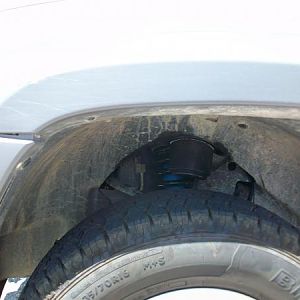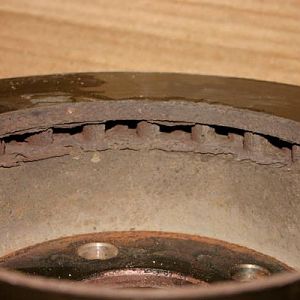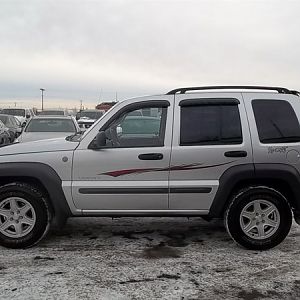MoladoGuy
Full Access Member
CHRYSLER NEWS:
To boost its long-term competitiveness, Chrysler Group says it will shift its product mix away from trucks and toward more fuel-efficient cars while pursuing global markets and new partnerships. Currently, about 90% of Chrysler’s sales come from North America, and its product lineup is heavily weighted toward light trucks.
Future vehicles will ride on only seven platforms by 2012 vs. a dozen today. Chrysler intends to launch 20 all-new vehicles and 13 refreshed vehicles through 2009, including eight new and five refreshed models this year. Leading this year’s rollout are the midsize Dodge Avenger sedan, Chrysler Sebring convertible, Jeep Liberty SUV and new Chrysler/Dodge minivans. To support the new vehicles, Chrysler is investing $3 billion to develop and produce new engines, transmissions and axles. This includes a common axle program for all vehicles and a new V-6 engine platform (dubbed “Phoenix”), which will reduce the number of six-cylinder engine families from four to one. Chrysler also announced that it has signed a non-binding memorandum of understanding with Germany’s Getrag GmbH to develop dual-clutch transmission technology. The company says it also will expand its use of diesel engines and electric-hybrid drivetrains. It is launching a dual-mode hybrid system, which was developed with General
Motors and BMW, on the 2008 Dodge Durango SUV. Mild hybrid architectures are being evaluated too. Other objectives of the Chrysler Group turnaround plan include:
• expanding into new commercial vehicle segments, including entry into the mediumduty Class 4 & 5 truck segments for the first time
• reducing sales to rental fleets
• boosting annual component purchases from low-cost countries to $5 billion
• reducing material costs by as much as $1.5 billion by 2009
• improving the effectiveness of marketing and incentive spending
To boost its long-term competitiveness, Chrysler Group says it will shift its product mix away from trucks and toward more fuel-efficient cars while pursuing global markets and new partnerships. Currently, about 90% of Chrysler’s sales come from North America, and its product lineup is heavily weighted toward light trucks.
Future vehicles will ride on only seven platforms by 2012 vs. a dozen today. Chrysler intends to launch 20 all-new vehicles and 13 refreshed vehicles through 2009, including eight new and five refreshed models this year. Leading this year’s rollout are the midsize Dodge Avenger sedan, Chrysler Sebring convertible, Jeep Liberty SUV and new Chrysler/Dodge minivans. To support the new vehicles, Chrysler is investing $3 billion to develop and produce new engines, transmissions and axles. This includes a common axle program for all vehicles and a new V-6 engine platform (dubbed “Phoenix”), which will reduce the number of six-cylinder engine families from four to one. Chrysler also announced that it has signed a non-binding memorandum of understanding with Germany’s Getrag GmbH to develop dual-clutch transmission technology. The company says it also will expand its use of diesel engines and electric-hybrid drivetrains. It is launching a dual-mode hybrid system, which was developed with General
Motors and BMW, on the 2008 Dodge Durango SUV. Mild hybrid architectures are being evaluated too. Other objectives of the Chrysler Group turnaround plan include:
• expanding into new commercial vehicle segments, including entry into the mediumduty Class 4 & 5 truck segments for the first time
• reducing sales to rental fleets
• boosting annual component purchases from low-cost countries to $5 billion
• reducing material costs by as much as $1.5 billion by 2009
• improving the effectiveness of marketing and incentive spending







![IMG 0029[1]](/data/xfmg/thumbnail/5/5373-452ea54316e90968cbf94fa7b9f4bf7e.jpg?1623784625)


